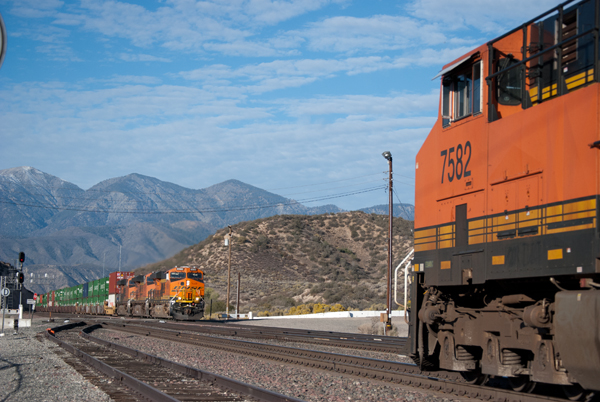A: Most railroads have rules covering when the locomotive bell is to be rung. On most roads, operating rules require the locomotive bell to be rung approaching grade crossings in Quiet Zones where the horn is not used, passing standing equipment or standing trains at a meeting point and going through passenger stations whether members of the public are present or not — to name some examples.
In addition, the bell is to be rung when the horn is used for any reason. On most, if not all newer locomotives, the bell comes on automatically when the horn is sounded and has to be manually shut of when the use of the horn is done. Most roads require the bell to be rung from the whistle post in Quiet Zones until the crossing being rung for is covered. Absent a whistle post, the bell is to be run starting at a point where, in the engineer’s judgement, the whistle post would be located. — Ray Weart, locomotive engineer, historian














